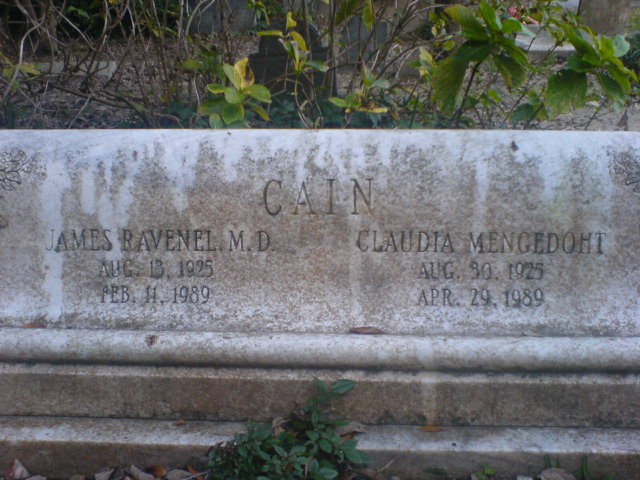Man in a Red Turban
 Jan Van Eyck: Man in a Red Turban
Jan Van Eyck: Man in a Red Turban
By
Varo Borja
In this essay I will attempt to show the importance of Jan Van Eyck's Man in a Red Turban, and also give a small amount of background on Van Eyck. I will also, using art terminology, attempt to analyze Man in a Red Turban from three different schools in the study of art history: formalism, Marxism, and psychoanalysis.
Jan Van Eyck was born, according to artchive.com, somewhere around "1390 in the village of Maaseyck near Maastricht." Jan had an older brother named Hubert, of whom little is known other than Jan held him in the highest regard as a painter, and also as a sibling. Jan Van Eyck's ability began to recognized at a fairly young age, and he was noticed by members of the clergy and nobility who afforded him opportunities for employment:
"Between 1422 and 1424, he was employed as a painter by John of Bavaria, Bishop of Liège; the next year, 1425, his famous relationship with Philip the
Good, Duke of Burgundy, began. As court artist and equerry, he moved to Philip's court at Lille. Few such cases of mutual serendipity adorn the history of Renaissance patronage: instead of treating his artist as something between a jongleur and an artisan, as the Medici in their off moments were apt to do, Philip was moved to declare that he 'would never find a man so much to his taste, or such a paragon of science and art.' (artchive.com)"
Jan was considered by Phillip the Good to be of inestimable worth, and Jan's salary was paid often at the expense of other facets of the ducal economy. Jan prospered under the benefaction of Phillip the Good, and he was also afforded the luxury of travel. He made a trip to the Iberian peninsula in Phillip's entourage for his (Phillip's) betrothal to the princess Isabelle of Portugal, and he also mingled with the finest personages of the Burgundian court, including the wealthy Italian, Giovanni Arnolfini.
Jan Van Eyck was a master of realism. He is considered to fall between the end of the Gothic period and the beginning of the Renaissance. His style was an admixture of the elements of humanism and the genuine interest in the human figure as an ideal to be admired for itself, and the cold, calculating, baroque (in the words of Henri Focillon) elements of high Gothic. Jan Van Eyck's seeming self-portrait, Man in a Red Turban (figure 13.66 in Art Across Time), is closer to the former of these styles than the latter. From a formalist perspective, this painting symbolizes everything great about the Northern early renaissance style. Upon viewing this piece, the eye travels upward from Van Eyck's chin to the lush adornment of his scarlet chaperone (see page 533 in Art Across Time). The chaperone, or turban has a mixture of diagonal lines of lighter value than the rest of Van Eyck's clothing. The deep red color of the headdress gives us a feeling of warmth, in contrast to the cold, but serene expression found on Van Eyck's face. The sheer beauty of the folds of the headdress denotes the time expended on the work and Van Eyck's mastery of realism and space. Van Eyck's lips are thin and pursed in a sort of pedantic expression, but his eyes exude great wisdom and lend an aura of serenity to the pose. Van Eyck has a great sense of balance, especially in the line down the center of the headdress, and he also exhibits a brilliant sense of humor: the grave nature of his facial expression in contrast with the ridiculousness of his choice of hats. In a way, he has poked fun at his own erudition by making the very seat of his learning, his brain, the focal point of our amusement. This sense of humor is one of the finer qualities of Renaissance humanism, and is a marked departure from the elaborate scenes of damnation to be found in much of Gothic art and architecture.
However, from a Marxist perspective, more elements of the portrait come to life. Van Eyck was a functionary of the Burgundian court, but still relegated to the level of bourgeois. In a typical mode of class struggle, Jan Van Eyck could have been viewed as a type of upwardly mobile worker. In an attempt to be recognized, Van Eyck signed his paintings with elaborate faux-engravings and also added little puns and jokes in an attempt to please the upper echelons of society with his apparent humility. In Man with a Red Turban, Van Eyck faux-engraved "Als Ich Kan" (which are the first words of the proverb "As I can, but not as I would"). (Art Across Time pg. 533) The pun, and the self- promotion may be found in the word "Ich", which in a play on words resembles "Eyck". According to oneata.edu, "The inclusion of the signatures and mottoes suggests that they are part of van Eyck's design to articulate his privilege as court painter. He could be like a court official and witness events and produce documents that have ducal sanction. It is also possible that van Eyck is making a claim for a change in social status. One of the rewards sought after by bourgeois functionaries attached to the ducal court would be gaining noble status from the duke in recognition for their loyal service." The early renaissance was a time of great opportunity and progressive ideologies. In the middle ages, it was nearly impossible for a man born outside of the nobility to achieve noble status. With the coming of classical ideas of government, humanistic views of man as a whole and the possibility of fame and fortune tied to a profession other than war or the clergy, it was natural for Van Eyck to assert his claim to a better life for himself and his family. With enough learning, skill, and perseverance, a man might climb out of the common ranks and join that illustrious set of personages at the top of the social ladder. Another element found in Man with a Red Turban that might reflect Marxist undertones is the color choice of Van Eyck's head adornment. The color red had long been associated with the clergy, more specifically with the Cardinals of the Church of Rome. In a bold stroke, Van Eyck has equated his own profession with the priesthood. In other words, learning, skill, perseverance and new ideas might usurp the old hierarchy of religion and nobility, and create a new priesthood based on merit rather than birthright.
Finally, I will add a few thoughts from the school of psychoanalysis. Obviously, Van Eyck is an obsessive compulsive. His far-reaching obsession with attention to detail belies the torture inflicted upon a man by his own neurotic preoccupation with perfection. Van Eyck, though feigning humility, could also be seen as a sort of narcissist. His revolutionary method of signing his own works in such bold tones was a type of schism with the accepted conventions of the old world. Van Eyck's preoccupation with achieving that "new priesthood" could be interpreted as a vain bolstering of his own ego, with the reflection of self hatred found in his little puns and the obfuscation of self found in paintings such as The Arnolfini Portrait. Van Eyck, however, could see Man in a Red Turban, as an attempt at self-love, and a sort of redemptive ridiculousness for his own vanity can be found in the humorous aspect of that portrait.
In conclusion, I would like to say that I have admired Van Eyck for years. Being a type of perfectionist myself, especially concerning my own form of artistic expression, I can empathize with him on a very deep level. When I was a child, I would tear up drawing after drawing because I couldn't capture a scene as I thought it should be captured. Attention to detail can be a type of double-edged sword wielded against ourselves sometimes with unyielding fury. In Van Eyck's case, however, it was this same attention to detail that separated him from his contemporaries and relegated his work to the halls of greatness. More than this though, Van Eyck, through the details embodied in his work, captured the beauty of a period in history that might have been lost, in part, to posterity if it were not for his efforts. For that accomplishment alone, we should be truly grateful to him for his efforts.
Bibliography
Art Across Time, 3rd edition: Laurie Schneider Adams. McGraw Hill, Boston. 1999.
Art of the West: Henri Focillon. Phaidon Press Ltd, London. 1963.
Oneata.edu: found at: http://employees.oneonta.edu/farberas/ARTH/arth214_folder/van_eyck/court_painter.html
Artchive.com: found at: http://artchive.com/artchive/V/van_eyck.html

 An Essay on Gothic Art
An Essay on Gothic Art The Pharisees
The Pharisees